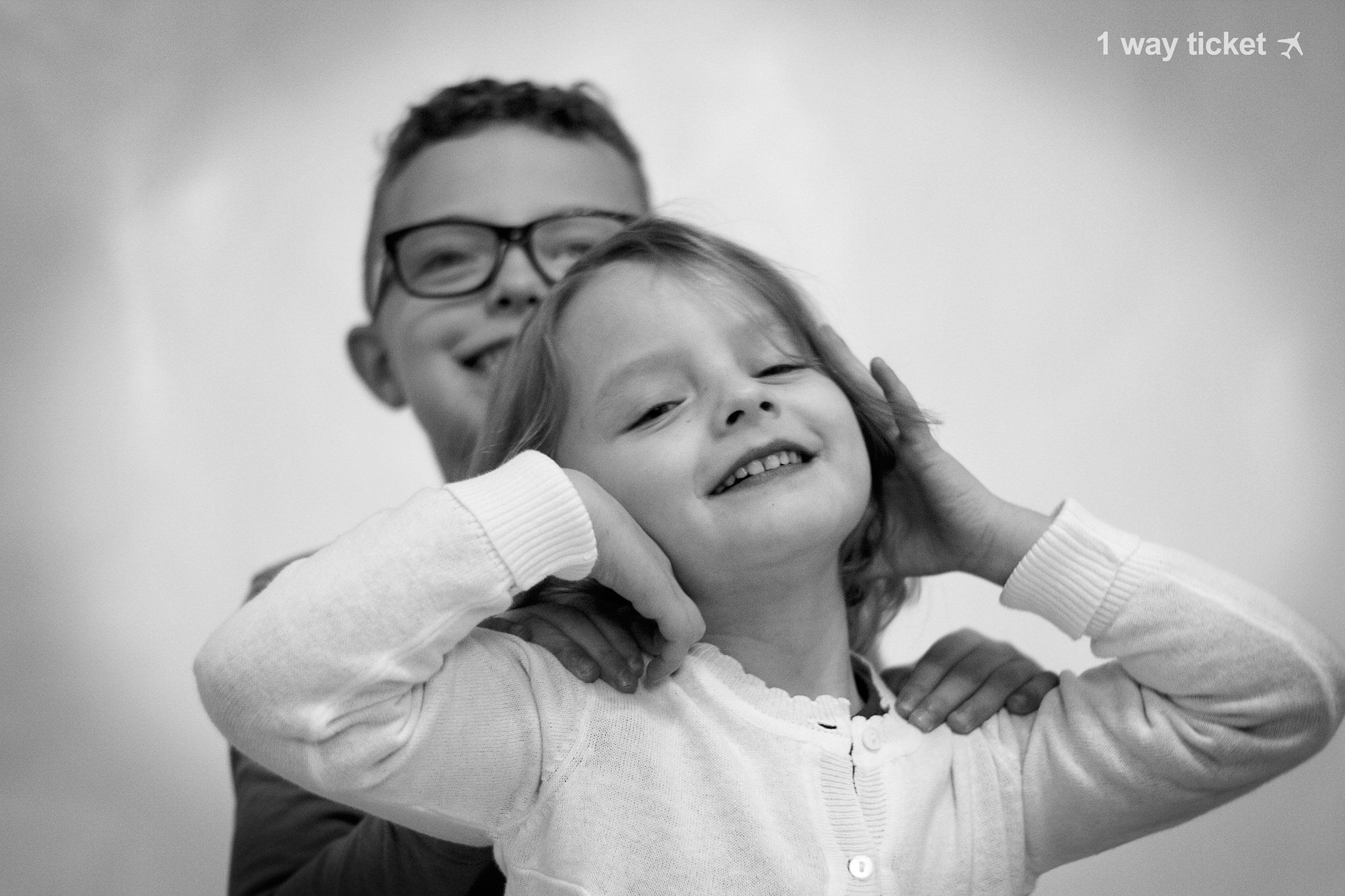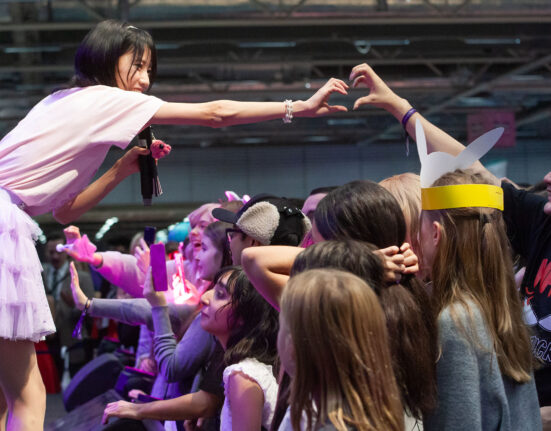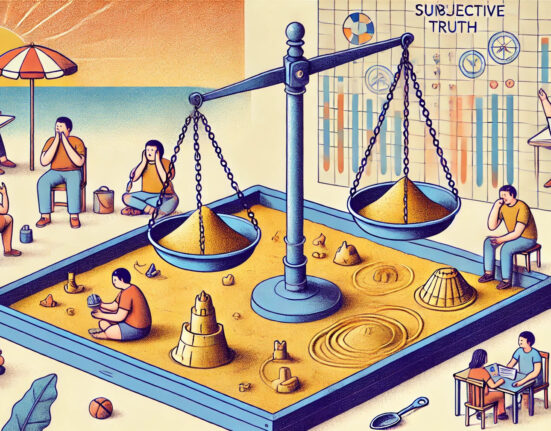We live in an incredibly stressful and distracted world. According to current statistics, 1 in 10 children are diagnosed with a mental illness and data shows that this is on the rise.* Not only do we have this alarming situation with children’s mental health, our world also has many new complex issues that require great compassion, emotional intelligence and innovative leadership to try and solve. So how can we emotionally prepare our children to cope?
We asked Avril McDonald, author of the Feel Brave series of books (little stories about big feelings), who is carrying out author visits to two international schools in Stockholm in January, for her top five strategies to help children adapt to their world and thrive.
- Introduce children to their brains as soon as possible!
If we can learn just a few simple facts about the brains we come into this world with, then we can start to understand why we might do the things we do (which helps us build Emotional Intelligence).
At a very simple level, we have 2 brains; The ‘Old Brain’ (responsible for basic physical desires, motives and emotions such as the fight, flight or freeze responses) and the ‘New Brain’ that sets us apart from animals. This part of the brain enables us to think, imagine and reason and gives us our sense of self.
Our new brain capabilities can easily be hijacked by our old brain feelings, emotions or desires. Like a dog, the old brain is most useful to us if we can train it using our rational new brain.
Children are never too young to be introduced to their brains and there are some easy and fun ways to do this. One example is to get children to imagine that one part of their brain is a bit like a ‘Cheeky Monkey’ and that another part is like a ‘Wise Owl’.
Sometimes the Cheeky Monkey can get a bit too excited or if it feels scared or angry, it might want to scream and run away or do things that might hurt other people like hit or say unkind words. The Wise Owl can talk to (train) the Cheeky Monkey so that when feelings come up, the Cheeky Monkey can stop for a minute while the Wise Owl helps it do something really good with those feelings (even if the feelings are bad). There are other clever ways to introduce children to their brains such as Dr Hazel Harrison of Think Avellana recommends with her wonderful ‘Upstairs/downstairs brain’ concept.
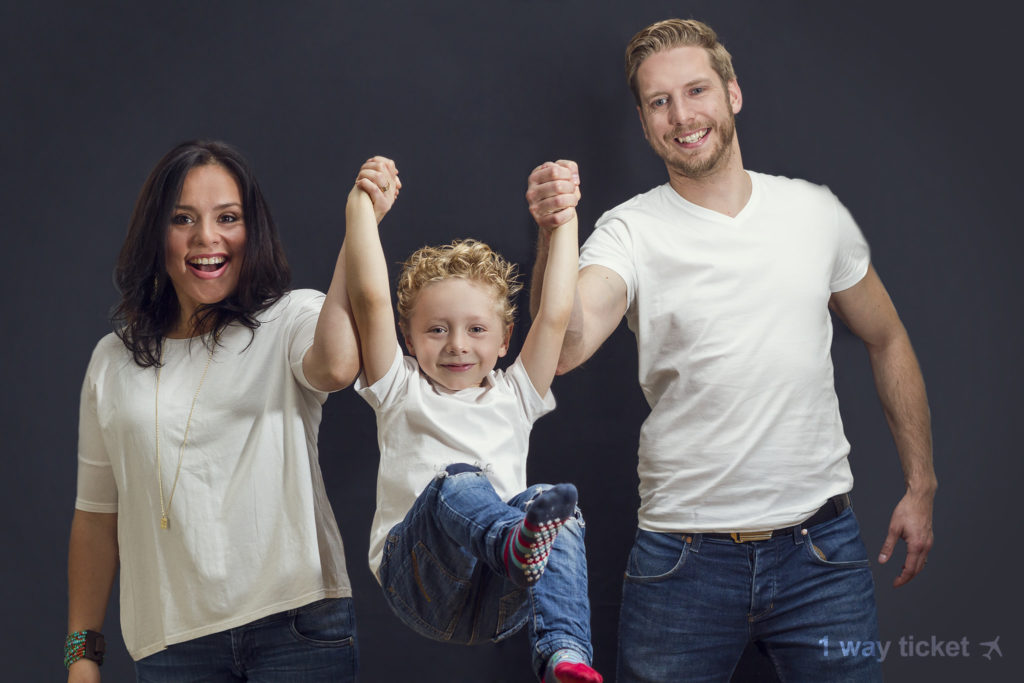
- Practise calming down
Slow and deep breathing makes us feel better, it releases happy hormones (e.g. dopamine) and reduces stress hormones (e.g. cortisol) and helps children to move into a positive mental state. Mindful breathing techniques’ are a great way to help calm children down and can be easily accessed on the internet.
Another way to help ‘change our emotional channel’ and shift us into a powerful positive calm state is to practise gratitude. Children can be introduced to ‘Gratitude exercises’ by thinking of all of the people they love (and who love them), mixing them all together in a cup and drinking them like a hot chocolate (so that they feel warm in their hearts). The more we can practise calming down, the easier it is to then use these techniques to bring ourselves out of overwhelming emotions in the moment.
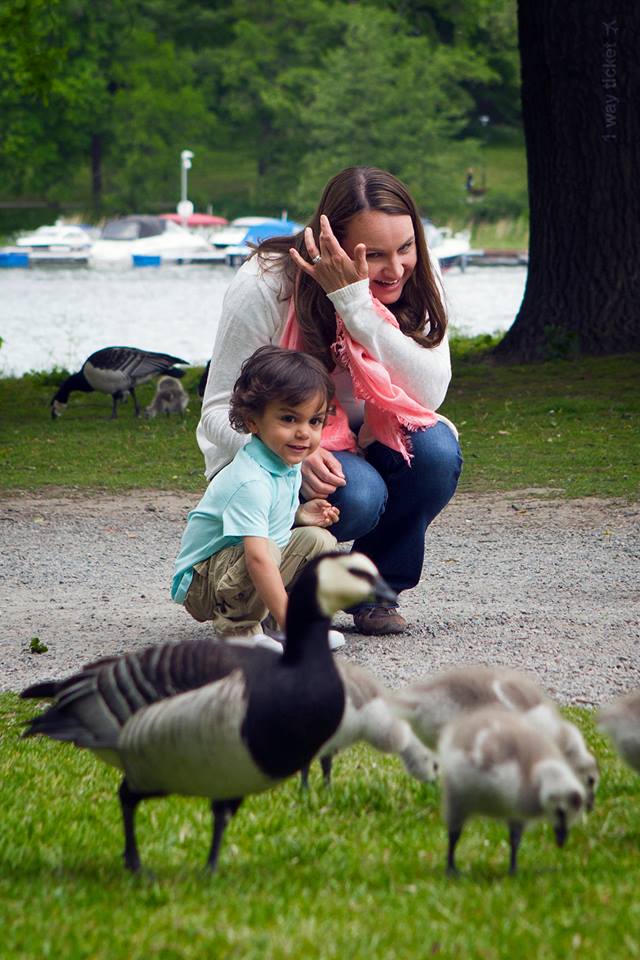
- Re-frame scary things
If a child is anxious, worried or scared about a particular thing (e.g. night terrors), you can play around with creating new stories together by making their scary things become funny or small and cute. This is a very simple and effective Cognitive Behavioural Therapy technique called ‘Re-framing’.
Another effective way to help a child deal with a situation or scenario that is worrying them is to try ‘role-playing’ the situation by taking turns at being different characters and practising good coping strategies together in an environment that they feel safe and where they have the space and time that they need to process their feelings. Children love nothing more than role-playing a tough situation they are facing when you play the part of them or you share a similar story from your childhood.
- Help children to build resilience and a ‘growth mindset’
Our world is filled with instant gratification, so children can lose sight of the fact that a lot of good things take time and hard work. It’s also easy for children to have the perception that talent or success is something that you either have or don’t have instead of believing that it’s something that you can acquire through passion and determination.
To help build (what Carol Dweck coined as) a ‘growth mindset’, encourage statements like ‘Mistakes mean I’m learning’ or ‘It’s not that you can’t do it, you just can’t do it yet’ and praise and reward the ‘process’ of learning rather than just the end results. Some great picture books to help build a ‘growth mindset’ are: The Dot by Peter H Reynolds, Flight School by Lita Judge, and The Most Magnificent Thing by Ashley Spires.

- Practise empathy
If we can relate to others and be in tune with them, it increases empathy. The ability to empathise builds social tolerance and helps to develop support networks, which in turn increases our resilience. Empathy plays a vital role in preventing bullying – but you can’t just ‘teach’ empathy, you have to ‘practise’ empathy.
Some good ways to practise empathy are to ask children every day to reflect on something that they have done (or saw somebody do) to make someone else feel good. If children are asked to look for kind things other people have done during school time, it helps to expand children’s awareness of kind acts in the community (or ‘Random Acts of Kindness’) and to feel that they are responsible and part of that wider community.
Some great picture books to help with empathy and building social tolerance are: Giraffes Can’t Dance by Giles Andreae, Dragon Island by Martin Baynton and the classic Dr Seuss Book The Sneeches.
*) Statistics from ONS, UK

About the Author
Avril McDonald is the Author of the Feel Brave series of books (little stories about big feelings for 4-7 year olds) and founder of www.feelbrave.com
She set up the www.friendsoffeelbrave.com charitable arm with the vision to give all children access to tools to help them manage tough emotions and reach their potential. Avril is a former primary school teacher, as well as a businesswoman and a mum. She is also a fellow of the RSA www.thersa.org which has a mission to enrich society through ideas and action.
Photos: Karen Pérez Guzmán







